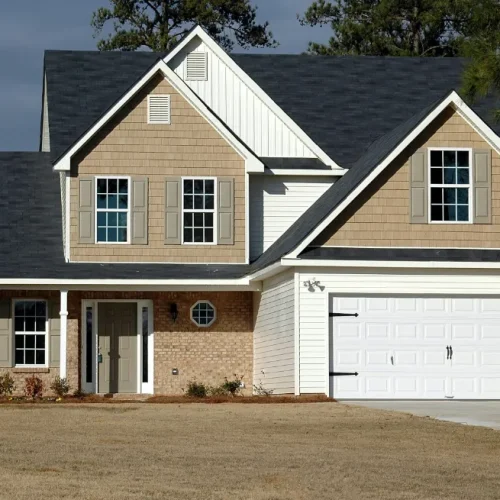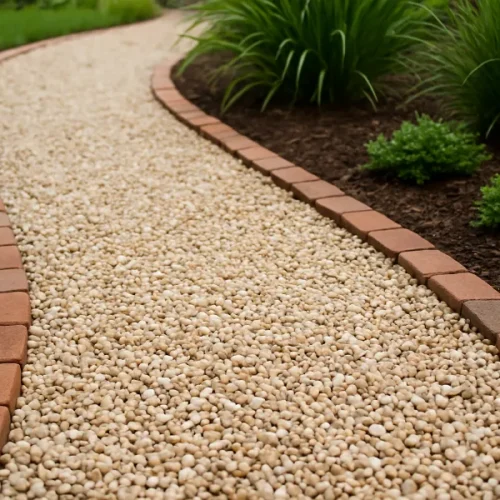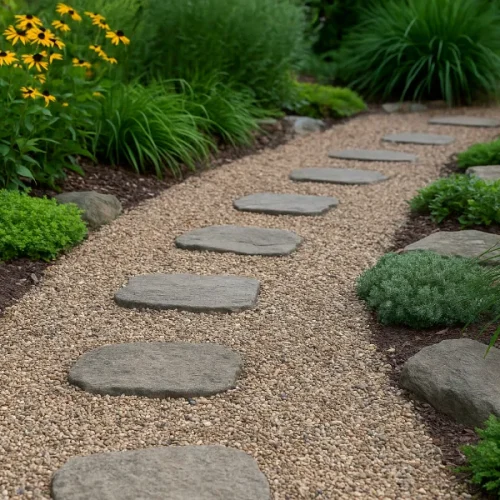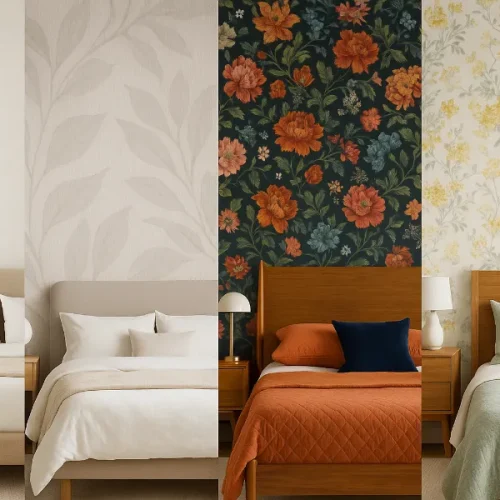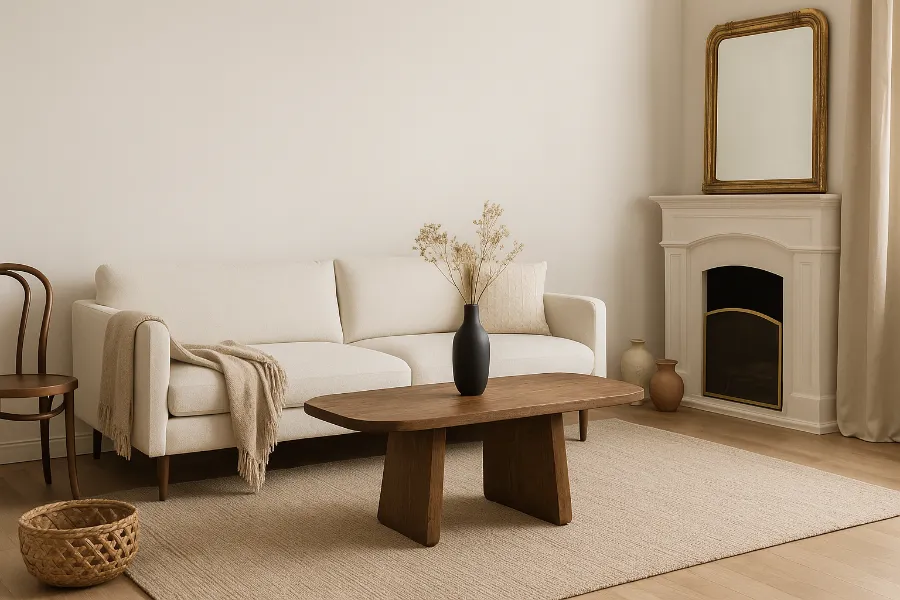
Modern minimalism has gained popularity for its use of clean lines and open spaces, creating an uncluttered, peaceful environment. It’s the design philosophy that reminds us: less is more. The quiet nature of minimalism becomes more appealing when we want to add personal touches that warm our space. The beauty of balance emerges through learning to unite minimalist design elements with enduring features that preserve character and charm.
Your home lacks traditional design elements, which results in a space that feels flat and lacks narrative value. The design needs to create a modern space that maintains its timeless appeal through contemporary design elements while avoiding any unpleasant feelings.
1. Start with a Foundation of Simplicity
People need to exercise purposeful self-control because Minimalism makes it its core principle. The base color scheme should begin with neutral shades white, gray, and beige and earthy tones. The colors create a peaceful environment, allowing the essential components to take center stage. Choose furniture with clean silhouettes and functional design. Your rooms should maintain open areas between furniture pieces, as this arrangement improves flow and illumination.
The established base enables the addition of enduring design elements that create purposeful rather than overwhelming effects. You can start adding materials, finishes, and accessories to your home once you have a clean foundation.
2. Add Warmth Through Timeless Details
Minimalism creates magic by adding elements that share narrative value. The addition of gold, brass, or aged bronze accents turns an ordinary room into an impressive space. The tones create a perfect contrast with stone, glass, and matte finishes, bringing warmth to the space without disrupting the minimalist design.
For instance, if you have a fireplace, it’s the perfect place to introduce a refined focal point. A gold fireplace cover achieves an ideal balance between its understated design and enduring appearance, making it suitable for every room. The subtle contrast between metal and soft décor textures creates visual interest without overwhelming the space.
The goal should be to select a few beautiful items that create a sense of home and style in your space.
3. Layer Textures, Not Clutter
Minimalism is a design approach that does not require a loss of visual interest. Minimalist design achieves its most excellent depth through the strategic application of texture as its core design element. The space features cozy wool throws over sleek sofas, handwoven storage baskets, and linen curtains that filter sunlight.
Your home can gain tactile depth through the use of different surfaces, such as wood, marble, and ceramic. The design maintains its interest because, in modern times, metal and glass create visual effects through their texture differences with the surrounding materials.
Create visual interest by pairing materials that match and contrast, such as a matte-black vase on a glossy-white shelf or a soft rug on polished concrete flooring. Artists need to control contrast levels at a specific point to achieve success, as this allows them to create energetic effects without creating visual disorder.
4. Incorporate Meaningful Accents
A home becomes timeless through purposeful design elements that avoid following modern fashion trends. Select home accents that hold personal meaning to you, such as family treasures, handmade pottery, antique mirrors, and black-and-white photographs displayed in frames. These pieces create emotional bonds while making your space feel authentic.
The personal touch of minimalist homes emerges through the addition of individual items, which transform the space into a reflection of your life experiences. Place them thoughtfully, not as clutter but as conversation starters. The space will gain its character through purposeful accent selections that enrich its core design elements without overwhelming the space. A home becomes harmonious when all its objects serve either to look good, to serve a purpose, or to hold sentimental value.
5. Embrace Contrast Mindfully
Modern minimalism arises from the union of two opposing elements. Create artistic effects by working with light and shadow and by combining different textures and temperature elements. Pair sleek furniture with rustic details or a crisp white wall with a richly toned wood console. The selected color combinations achieve visual appeal by triggering emotional responses in viewers.
A great way to achieve this is by anchoring sleek designs with a classic element. Modern architecture can incorporate organic elements through handcrafted wooden coffee tables and sculptural metal accent pieces.
Visual energy emerges from the combination of contrast with simple elements, creating a rhythmic pattern that maintains spatial interest. Modern society exists in a continuous dialogue with traditional values, as these two elements foster a better understanding of each other.
6. Light It Thoughtfully
The implementation of lighting design elements will determine whether a space can achieve both minimalist and timeless design. The lighting should avoid using single-source harsh illumination. Your space will accomplish both a profound and a warm effect through the use of multiple light sources. The lighting design should include ceiling fixtures, table lamps, wall sconces, and candles.
The warm color of these bulbs works best in minimalist rooms because it creates contrast with the cold appearance of straight lines and smooth surfaces. The soft illumination brings out the metallic elements while making your selected design elements, including brass handles and a gold décor piece, stand out in a refined manner.
7. Let the Space Breathe
Your home achieves serenity through the practice of restraint. Every piece should have room to be appreciated. Design achieves its purpose through the strategic use of empty spaces, which create purposeful design elements.
Take breaks to view your entire room from different perspectives. All elements within the composition work to create a peaceful atmosphere that unites the other parts of the artwork. If not, remove what feels unnecessary. The design elements aim to create a quiet area that unites contemporary minimalism with enduring elegance.
In the End
The design achieves harmony through modern minimalist elements, which combine with permanent design features that match your individual style. The space achieves elegance through its combination of refined lines and a comforting, nostalgic atmosphere. Your home becomes more meaningful through your intentional combination of traditional elements with modern touches, creating a timeless narrative.
Minimalism brings clarity to any room in your space. Timelessness gives it warmth. The couple constructed a house that unites contemporary design elements with personal human elements, creating a residence that provides stability and vitality.
FAQs
Modern minimalism emphasizes simplicity, clean lines, and uncluttered spaces to create a calm, functional environment.
Add warmth with textured fabrics, layered lighting, and timeless materials like wood or brass accents.
Neutral tones such as white, beige, gray, and soft earth shades create the ideal minimalist foundation.
Combine sleek furniture with classic finishes—like pairing a modern sofa with a vintage rug or brass fixtures.
Natural materials such as stone, wood, linen, and metal give a modern space a sense of enduring character.
Textures add visual and tactile depth without clutter, keeping spaces engaging and comfortable.
Select a few personal pieces that hold emotional or aesthetic value and display them with intention.
Layered, warm-toned lighting such as lamps and sconces softens sharp lines and enhances ambiance.
Use light and dark tones, or rough and smooth textures, to create visual rhythm and balance.
Regularly reassess your space, removing items that don’t serve a purpose or contribute to your overall aesthetic.



